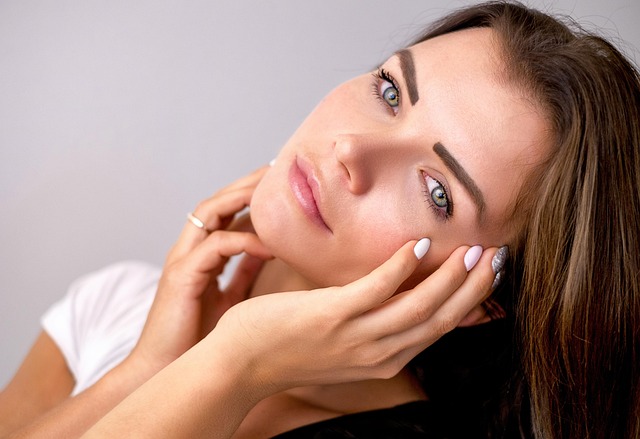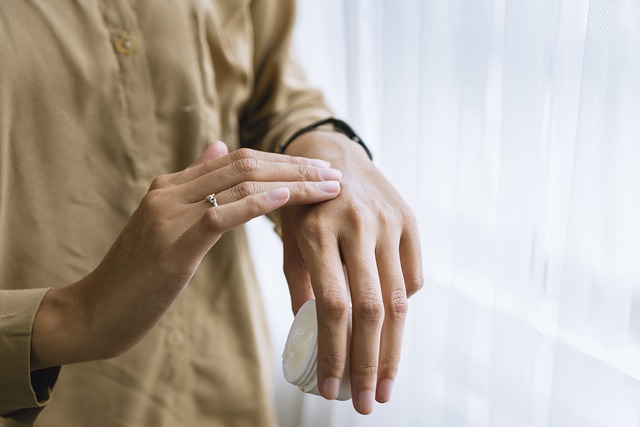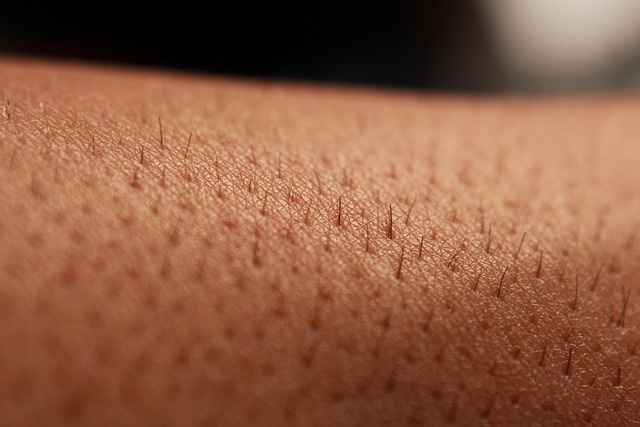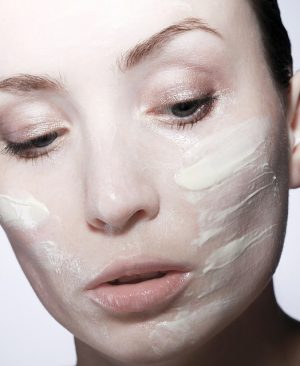RF Skin Resurfacing is a non-invasive skincare treatment that utilizes targeted radiofrequency energy to stimulate collagen creation in the dermis, effectively reducing fine lines and wrinkles while enhancing skin texture. This cutting-edge procedure offers natural-looking results with minimal downtime, making it a versatile option for diverse skin types seeking rejuvenation. By increasing collagen levels, RF Skin Resurfacing promotes skin firming, improves elasticity, and reduces wrinkles for a smoother, more rejuvenated complexion. Temporary side effects include redness and mild swelling, while qualified professionals ensure safety during the procedure. Ideal candidates have mild to moderate fine lines with healthy expectations.
“Unveil a youthful glow with our in-depth exploration of RF Skin Resurfacing for fine lines. This article guides you through the intricate world of skincare, focusing on a revolutionary treatment that targets age-defying concerns. We delve into the science behind radiofrequency technology and its remarkable ability to rejuvenate skin. From understanding the causes of fine lines to uncovering the procedure’s benefits and safety aspects, this comprehensive guide is your go-to resource for RF Skin Resurfacing.”
Understanding Fine Lines and Their Causes

Fine lines, often the first visible signs of aging, are a natural part of the skin’s aging process. They form due to a combination of factors, primarily related to lifestyle and environmental influences. Over time, our skin produces less collagen and elastin, which are essential proteins for maintaining skin firmness and elasticity. This loss of structural support causes the skin to lose its smoothness, resulting in the formation of fine lines and wrinkles.
One of the most common non-invasive treatments gaining popularity is RF (Radio Frequency) Skin Resurfacing. This technique uses targeted radiofrequency energy to stimulate collagen production deep within the skin’s layers. By heating the dermis, RF Resurfacing encourages the body to create new, healthy collagen fibers, which can significantly reduce the appearance of fine lines and improve overall skin texture.
RF Skin Resurfacing: An Innovative Approach

RF (Radio Frequency) Skin Resurfacing is an innovative, non-invasive procedure that utilizes targeted radio waves to stimulate collagen production and tighten skin. Unlike traditional chemical peels or laser treatments, RF skin resurfacing offers a gentle yet effective way to combat fine lines and wrinkles. It works by sending precise energy into the skin’s deeper layers, encouraging the body to respond by creating new, healthy skin cells and enhancing elastin fibers.
This cutting-edge technique is particularly appealing for those seeking a more subtle and natural-looking rejuvenation. The procedure is safe for most skin types and can be tailored to address specific concerns, making it a versatile option in the world of skincare. By combining advanced technology with a targeted approach, RF skin resurfacing promises significant results without the downtime associated with more aggressive treatments.
How the Radiofrequency (RF) Technology Works

Radiofrequency (RF) skin resurfacing is a non-invasive procedure that uses high-frequency energy waves to stimulate collagen production and improve skin texture. This technology works by delivering targeted heat to the deeper layers of the dermis, the layer of skin below the epidermis where collagen and elastin fibers reside. The heat causes micro-injuries in the skin, which triggers a natural healing process. During this process, the body produces new collagen and elastin, improving skin firmness, elasticity, and overall appearance.
RF skin resurfacing also helps to break up fibrotic bands and smoothen out fine lines and wrinkles. The gentle heat can reach specific depths without causing significant damage to the surface of the skin, making it an effective treatment for delicate areas like the face and neck. Different RF devices offer various frequency ranges and applicator designs, allowing practitioners to tailor treatments to individual needs and skin types for optimal results in RF skin resurfacing.
Benefits of RF Skin Resurfacing for Fine Lines

RF Skin Resurfacing offers a multitude of benefits for addressing fine lines and enhancing skin texture. This non-invasive procedure utilizes radiofrequency energy to stimulate collagen production, which is essential for maintaining youthful-looking skin. By increasing collagen levels, RF Skin Resurfacing promotes skin firming, improves elasticity, and reduces the appearance of wrinkles and fine lines. The results are often long-lasting, providing a more smoothed and rejuvenated complexion.
Furthermore, this advanced technology allows for precise targeting of specific problem areas, making it an effective solution for localized fine lines and texture irregularities. Unlike some other treatments, RF Skin Resurfacing is suitable for various skin types, ensuring that individuals can experience its benefits without worrying about potential irritation or side effects.
The Procedure: What to Expect During and After

During RF (Radiofrequency) Skin Resurfacing, a small handheld device emits precise radiofrequency energy to gently heat the deeper layers of the skin. This controlled thermal stimulation prompts collagen production and tightens loose skin, effectively reducing the appearance of fine lines and wrinkles. The procedure is usually non-invasive, with minimal discomfort, and can be completed in as little as 30 minutes.
After the treatment, you might experience temporary redness and mild swelling, similar to a sunburn. This typically subsides within a day or two. It’s recommended to avoid direct sunlight and use sunscreen for protection during recovery. You may also notice an immediate improvement in skin texture and a more youthful appearance. Over time, as collagen continues to build, the results become even more pronounced.
Safety, Side Effects, and Who is a Good Candidate

Safety and side effects of RF Skin Resurfacing:
RF (Radio Frequency) skin resurfacing is generally considered safe when performed by a qualified professional using approved equipment. However, like any cosmetic procedure, it carries potential risks and side effects. Temporary redness, swelling, and mild discomfort are common immediately after the treatment. Some patients may experience bruising, crusting of the skin, or increased sensitivity to sunlight. These symptoms usually subside within a few days to a week. Serious complications are rare but can include infection, scarring, or changes in skin color.
Determining if you’re a good candidate for RF Skin Resurfacing involves consulting with a dermatologist or skincare specialist. Ideal candidates have mild to moderate fine lines and wrinkles, healthy overall skin, and realistic expectations about the procedure’s outcomes. Those with active acne, severe skin conditions, or a history of keloid scarring may not be suitable candidates. It’s crucial to discuss your medical history and any medications you’re taking during the initial consultation to ensure safety and optimal results.
